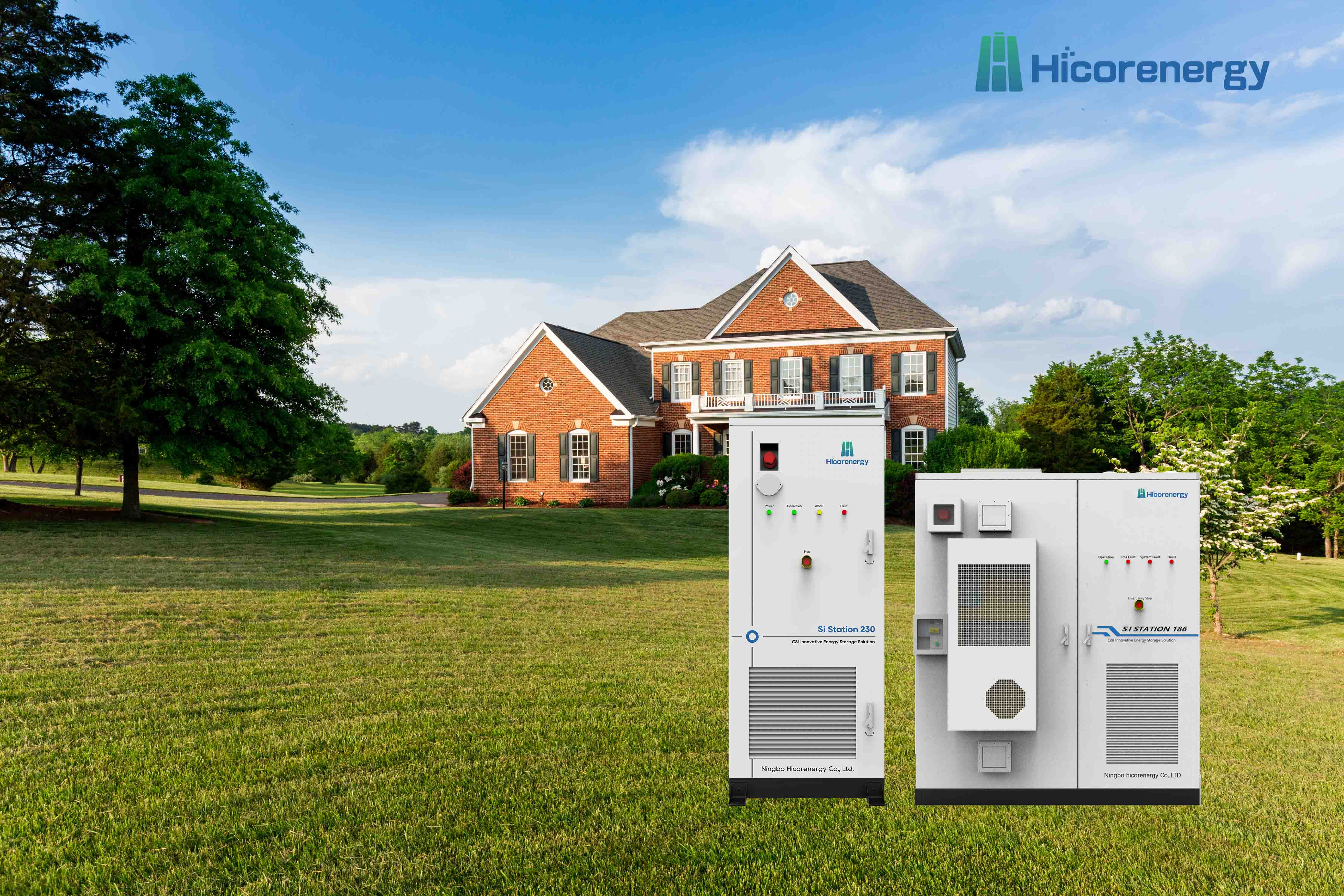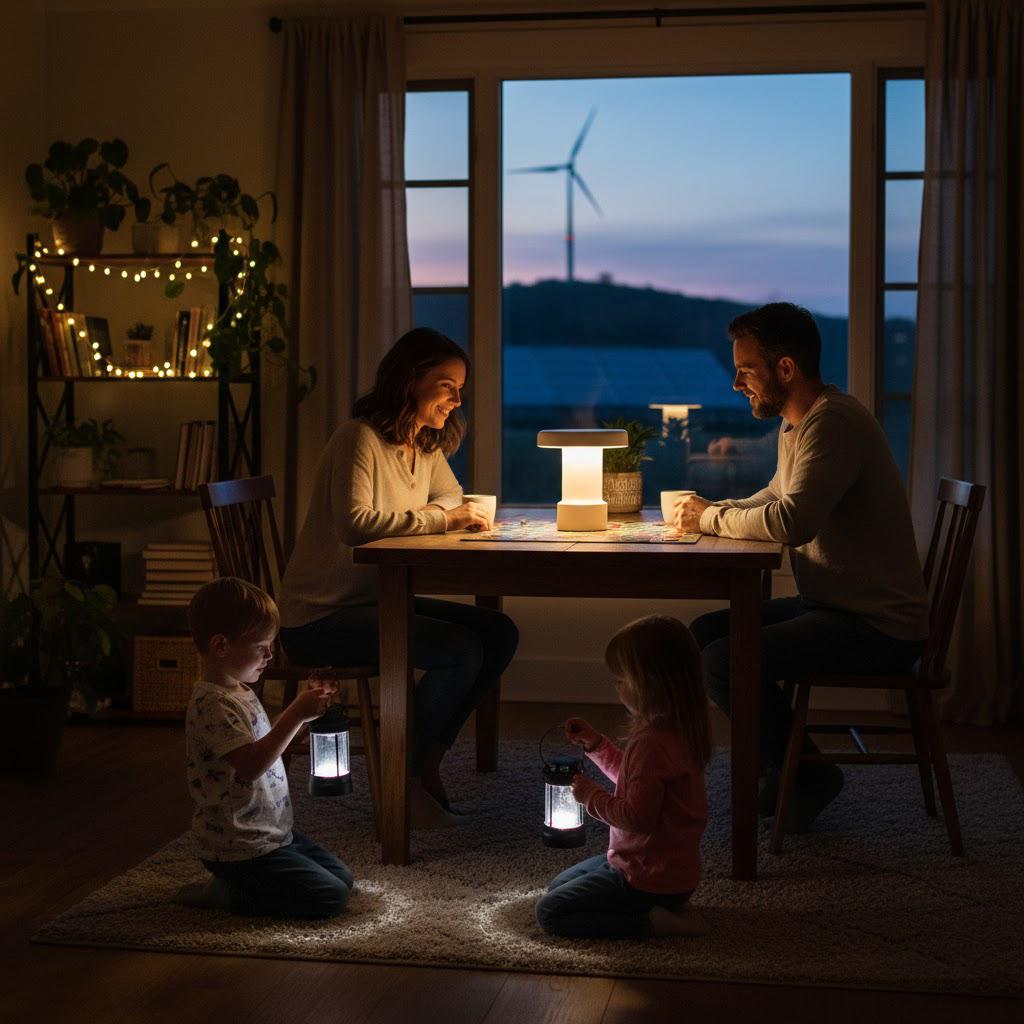
Backup Power for Home: Practical Solutions for Real Installation Challenges
Across many regions, grid interruptions are becoming more frequent—whether due to extreme weather, aging infrastructure, or rising demand. For homeowners, backup power is now about more than convenience; it’s about keeping daily life functional and protecting essential equipment.
For B2B players—installers, EPCs, distributors—the opportunity is clear. But turning homeowner demand into successful projects means addressing some very real challenges.
Challenge 1: Limited Installation Space in Residential Settings
Problem: In dense urban areas or modern compact housing, clients often lack a dedicated equipment room. Floor space is at a premium, and bulky backup systems can be a deal-breaker.
Solution: Deploy wall-mounted lithium battery systems (5–15kWh) with slim enclosures that fit in garages, utility closets, or even hallway cabinets. Pre-drilled mounting brackets reduce install time and avoid costly structural modifications.
Challenge 2: Integration with Existing Solar or Grid Systems
Problem: Many homeowners already have rooftop solar or partial backup generators. Adding a battery backup without causing system conflicts is a technical hurdle.
Solution: Use hybrid-compatible backup systems that pair with major inverter brands (Growatt, Victron, Goodwe, Deye) and include an intelligent BMS for smooth switchover between solar, battery, and grid. This avoids rewiring large sections of the home’s electrical system.
Challenge 3: Budget Sensitivity vs. Performance Expectations
Problem: Homeowners want long runtimes during outages but are hesitant to invest in oversized systems. Installers risk losing sales if options appear too costly upfront.
Solution: Offer modular backup designs—start with a 5kWh or 10kWh system and allow future capacity expansion via stackable modules. This lets clients start small and grow as budgets or needs change, while still ensuring a clear upgrade path.
Challenge 4: Ensuring Reliable Performance During Extreme Conditions
Problem: Outages often occur during storms, heatwaves, or cold snaps—exactly when battery systems are under thermal stress.
Solution: Specify LiFePO4-based systems with proven thermal stability and integrated BMS temperature management. Ensure enclosures are IP-rated for dust and moisture protection, enabling safe operation in garages or semi-outdoor installations.
Challenge 5: After-sales Support in Distributed Markets
Problem: Distributors and EPCs operating across multiple regions can struggle to provide consistent maintenance and troubleshooting.
Solution: Choose backup power systems with remote monitoring capability. Hicorenergy’s cloud-connected BMS allows integrators to diagnose issues, update firmware, and manage fleets of residential systems without on-site visits.
Backup Power: A Strategic Addition to Any Residential Energy Portfolio
In the next three years, residential backup power will continue to grow as a primary sales driver for solar-plus-storage solutions.
For B2B partners, offering battery-based backup power for homes is not just about meeting current demand—it’s about positioning your brand as a trusted provider of reliable, expandable, and grid-resilient energy systems.
See Hicorenergy’s backup power solutions or contact our team to discuss technical specifications, OEM options, and market rollout strategies.







